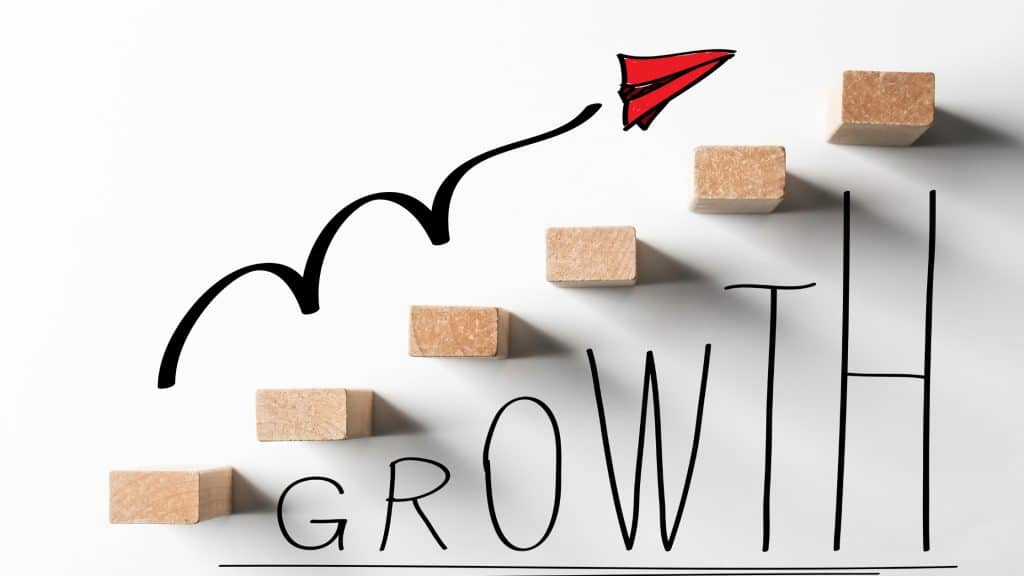In this article, we will show you what metrics you should be looking at when running an influencer marketing campaign.
Specifically, we will show you how to measure the success of your campaign using the following metrics:
- Audience Growth
- Traffic growth
- Cost/traffic
- Reach
- CPM (Cost per 1000 impressions)
- Total engagements
- Cost per engagement
- Total Conversions
- CPA (Cost per action)
You will have a clear understanding on how to set goals for your next influencer marketing campaign after reading this post.
Lets begin.
Influencer marketing analytics: how to know if your campaign is successful
As a marketer, you already know that influencer marketing can be an incredibly powerful tool to reach your target audience.
But how do you know if your campaigns are effective? And what metrics should you be tracking to measure success?
To analyse, first we need to determine the objective of your campaign.
- Do you just want to just increase your followers on social media?
- Do you want to bring more traffic to your website?
- Is this campaign a branding campaign for your company? i.e to let more people know about your company, products, or service?
- Are you promoting a sales campaign? i.e does product sales matter?
- Does this campaign have a conversion goal? If so, how do you define your conversion? i.e number of sign ups. number of downloads etc
We will show you the metrics that matter for each of the above campaign objective.

Audience growth
Audience growth is the most important metric to track when measuring the success of an influencer marketing campaign with the objective of increasing your social media followers.
To track this, compare your number of followers before and after the launch of your campaign.
(No of followers after campaign) – (No of followers before campaign)/(# of followers before campaign) * 100%
A good campaign should provide a positive figure, ideally 10% or more growth.
Traffic growth
If the objective of your campaign is to increase the traffic to your website, then traffic growth is the key metric that you need to measure.
To be able to measure this metric, you need have an analytics software like Google Analytics installed on your site.
To get this metric, simple get the numbers from your analytics software
(# of new visitors for 1 month after campaign) – (# of new visitors for 1 month before campaign)/(# of new visitors for 1 month before campaign) * 100%
A good campaign should produce a positive increase to your website traffic, ideally 10% or more growth.
Pro tip: Explore the use of UTM tags to tag the traffic from different influencers.
Cost/traffic (Cost per 1000 new visitors)
This metric is important for comparing different influencer marketing campaigns with the same objective to increase traffic to your site.
The formula goes like this:
1.) Traffic increment = (# of new visitors 1 month after campaign)-(# of new visitors 1 month before campaign)
2.) Cost per 1000 new visitors = (Cost of campaign)/(traffic increment from step 1) *1000
This metric shows you how much it actually costs you to get 1000 new visitors to your website.
The lower the number, the more effective a traffic campaign is.

Reach
For branding campaigns, reach is the most important metric you need to be tracking.
Reach is the number of people who actually see your brand message during the campaign.
To calculate this, just add up all the impressions for the content created by your influencer(s). If your campaign uses more than one influencer, you will need to add up the impressions of each of their posts to get a total reach.
Formula:
Total post reach (influencer 1) + total post reach (influencer 2) + …..depending on how many influencers you used for your campaign.
A successful branding campaign should aim to reach as many people as possible.
CPM (Cost per 1000 impressions)
Another important metric to track for a branding campaign is the CPM or cost per 1000 impressions. Compared to reach, this metric takes into account the amount you actually spend on the campaign.
You can use this metric to compare the results of different reach campaign.
Formula:
Cost of branding campaign/(total people reached)* 1000
If your CPM is RM 23.00, it means that it costs you RM 23.00 to reach 1000 people. The lower the CPM, the more effective your campaign is.
Note: You can actually compare the CPM of different marketing campaigns with the same objective to increase branding, for example how effective is your influencer branding campaign compared to a Facebook display ad.
Number of engagements
Another key metric you can track for your branding campaign is number of engagements.
Reach would be good to see how many people actually see your branded message (distributed through the influencers).
But in order to see if the audience resonates with your branded message, engagement is the key.
Engagement is a reaction from your target audience – including like, comment and share. A message that receives a high degree of engagement is a sign that your message has been seen and has left an impact.
To calculate this metric, just add up the number of likes + Comments + Shares of each influencer post. If you use more than one influencer, you need to add up all the engagements to get a total engagement.
The more engagement you receive, the more effective your campaign is.
Cost per engagement
Cost per engagement allows you compare the different campaigns by taking into account the cost to achieve similar result.
To calculate cost per engagement, use the following formula
(cost of campaign)/(total engagement received)
The lower the cost per engagement, the more effective your branding campaign is.
Total Conversion
For a conversion campaign, first you need to define what’s a conversion with your campaign.
It could be a sales, it could be a download, it could be a sign up.
To measure the success of an influencer marketing conversion campaign, total conversion is your most important metric to track.
It’s relatively easy to monitor. Just add up all the conversion events that take place after the influencer marketing campaign.
The tricky part is to be able to track which conversion came from which campaign. You can use link shortener services such as bit.ly to create different shortened url for each campaign.
Another way is to add UTM tags to the link.
Cost per conversion or cost per action (CPA)
Cost per conversion, or sometimes known also as Cost per action (CPA) is a good metric to compare different conversion campaigns.
Say if campaign A (costs RM500) brought you 750 signups, and campaign B (costs RM50000) brought you 100k sign ups. Which campaign is more successful and in which campaign should you invest more?
To answer that, we will use the following formula:
Cost per conversion = (Cost of campaign)/(number of conversions)
The lower the cost per conversion, the more effective the campaign is.
So for campaign A, the cost per conversion is RM0.66667, where in campaign B, the cost per conversion is RM0.50. In other words, you spent RM 0.50 to get one sign up with campaign B whereas with campaign A, you need to spend RM0.66667 to get one sign up.
Clearly campaign B is a more effective campaign.







